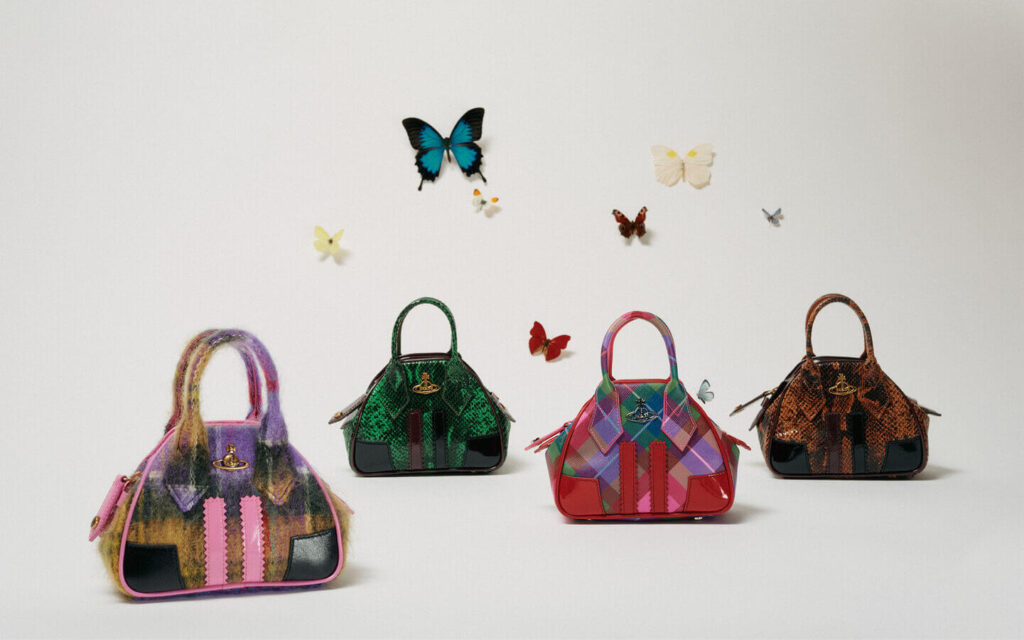Students in U.S. high schools can get free digital access to The New York Times until Sept. 1, 2021.
Lesson Overview
Featured Article: “How Working From Home Changed Wardrobes Around the World” by The New York Times
How much has your fashion style changed during the coronavirus pandemic? Which styles do you think are here to stay and which do you think will be the first to go once the world opens up again?
In this lesson, you’ll travel across the world from India to Italy to see how months of self-isolation, lockdown and working and learning from home have affected what we wear. Then we invite you to report on the pandemic style trends in your community and make predictions about the postpandemic fashion future.
Warm-Up
Have your fashion choices changed during the pandemic? If you’re attending school online, do you still get dressed up? Or do you wear your pajamas all day? Do you miss the routine of picking out what you’re going to wear and getting ready in the morning? Or are you happy to put away the clothes, makeup, hairbrushes and shoes?
If you are returning to school in person, have you had to rethink your wardrobe? How so?
Take a few minutes to respond to these questions in a quick-write. Then share your thoughts about your pandemic style with a partner.
Questions for Writing and Discussion
The featured article explores fashion in seven countries around the world: Italy, Senegal, Brazil, India, France, Japan and Russia. Choose three of these countries and read about them. Then answer the following questions:
1. How much has the pandemic changed what people in these countries wear on a daily basis? What new trends are they seeing? What has remained the same, if anything?
2. In what ways has Covid affected people’s lifestyles in each of these countries? How has that lifestyle transformed their wardrobes?
3. How have the cultural attitudes around fashion influenced people’s pandemic style in each country you read about? Give at least one example for each.
4. How have people in these countries used clothes to push back against some of the malaise that has come with months of disruption and isolation?
5. What effect have the new fashion trends brought on by the pandemic had on the fashion industry in each of the countries you read about? In your opinion, is the effect mostly positive or negative? Why?
6. Compare the fashion in the three countries you read about. In what ways are their pandemic styles similar? In what ways do they differ? Why do you think that is?
7. The article begins by asking the question: “Have months of self-isolation, lockdown and working from home irrevocably changed what we will put on once we go out again?” How might you answer that based on what you read about pandemic fashion in three countries around the world?
Going Further
Option 1: Report on your community’s pandemic fashion choices.
Imagine The New York Times has invited you to report on how working and going to school from home have transformed wardrobes where you live.
Interview your classmates, teachers, friends and family members to find out about their pandemic style. What major changes have they made to their wardrobes over the past year? What have they been wearing and not wearing? If they are beginning to go back to school, work and social events after over a year at home, how has their fashion changed?
After your interviews, analyze patterns across their responses. What trends have become ubiquitous over the past year? How have your country or region’s coronavirus restrictions, or lack thereof, influenced these fashion choices? How have your area’s cultural attitudes related to fashion affected what people wear?
You might continue to do more research to see how fashion choices in your country have affected the fashion industry.
Then write up a short report about pandemic fashion in your community, emulating the structure and writing style of the reports featured in the article.
Option 2: Make fashion predictions.
How do you think people will dress when the world opens back up? We asked that question in our Picture Prompt “Fashion Predictions,” and students weighed in.
Sophia from Brooklyn wrote:
I for one am positively stoked about post pandemic fashion because I believe it will be explosive. For the last year, sweatpants and pajamas have become the mind-numbingly boring (if cozy) norm, and it’s getting old. So why wouldn’t people want to dress up? … I think we’ve kind of all been waiting to get out and strut our stuff this summer.
Caianne from Kentucky predicted:
I think fashion will become more outlandish after the pandemic is over. Many will want to show off their new styles along with experimenting more with creating outfits with less “matching” clothes.
And Aurora from Italy said:
I think that fashion is going to fluctuate after the pandemic. Personally, I like to wear cozy clothes but I must admit that I’m pretty tired of it.
What are your predictions? Do you think fancy fashions will return, and we’ll all want to dress up? Or do you think many of us will try to bring the cozy clothes we
wore at home into our new work, school and social lives?
How do you want to dress when the world opens back up?
Debate these questions with your class, drawing on what you read in the article, as well as your personal experience, to support your position. Then post your response on our related writing prompt.
About Lesson of the Day
• Find all our Lessons of the Day in this column.
• Teachers, watch our on-demand webinar to learn how to use this feature in your classroom.





More Stories
Top 10 Cakes Ideas that you must try out – Designs for life
Whites’s IGA officially unveils sixth store at Forest Glen Village Centre
Labor and Material Cost Increases: Planning for your Small Business in 2022